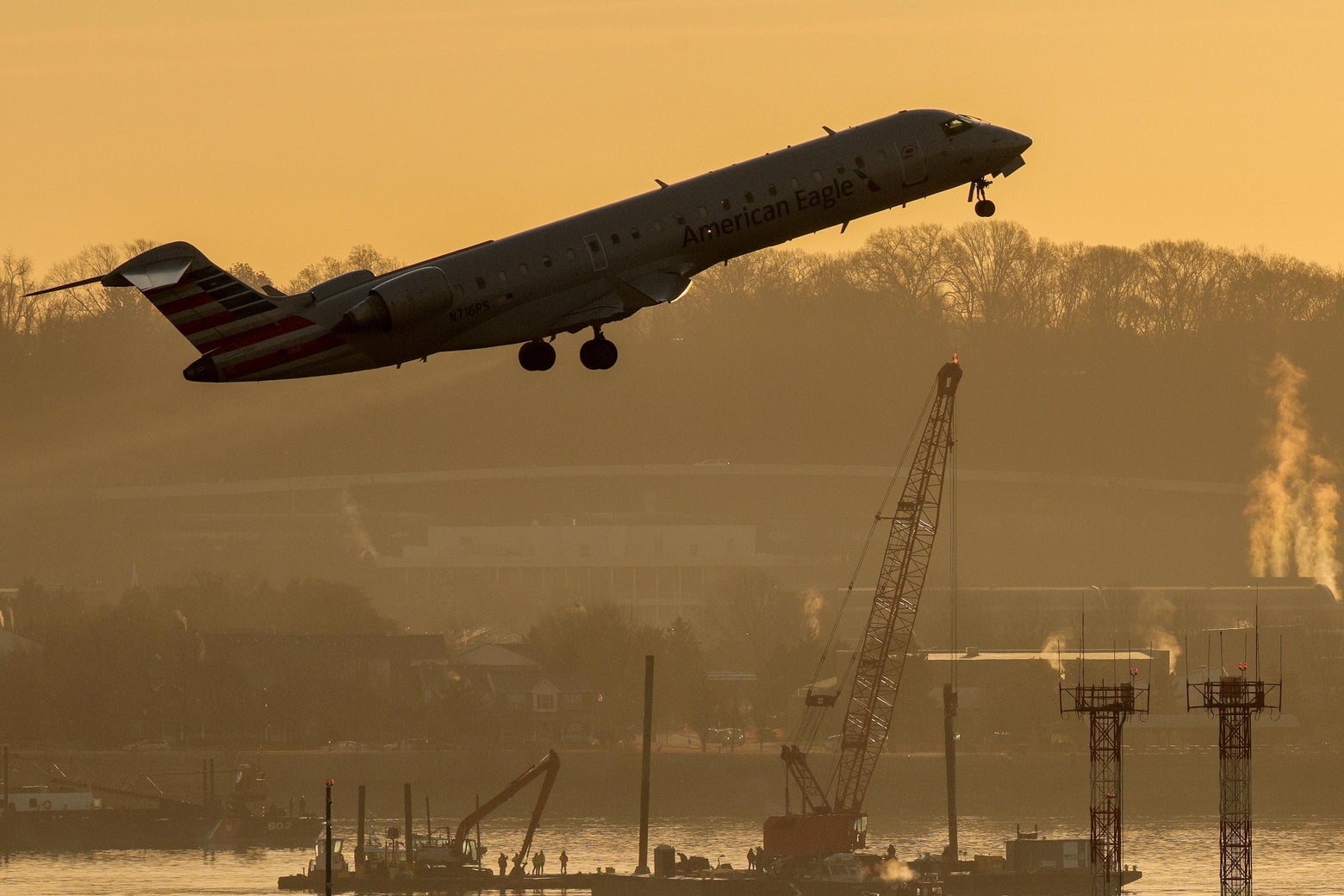If your nonsense was true, there would have been wrecks at that airport all day long.
Actually, it was only a matter of time.
Why won’t anyone fix our broken air safety systems?

slate.com
A year and a half ago, Slate’s Dan Kois wrote an article titled “
Everyone Seems to Agree a Major Plane Crash Is Coming.” “We’re overdue,” one pilot told him. But knowing a big crash like this was coming—seeing all the patched-up holes in the aviation system that might have made it more likely—doesn’t seem to have made anyone more prepared. Instead of somber reflection, we’ve gotten the blame game, most shamelessly from Donald Trump, who called a
press conference to say diversity efforts caused the collision. He even listed off a bunch of disabilities, implying that no one with, say, hearing trouble or partial paralysis could be an effective air traffic controller.
In the days since an American Airlines flight collided with a Black Hawk helicopter over the Potomac River, killing dozens, there’s this one fact I can’t stop thinking about: It’s been 15 years since a crash like this has happened. Fifteen years ago, the iPhone was essentially brand-new.
Barack Obama had just been elected president. It seems like a lifetime ago. And that means a couple of things: First, we haven’t responded as a country to a big, random accident like this in a while. But it also means: Some experts had been waiting for this moment. Dreading it.
A year and a half ago, Slate’s Dan Kois wrote an article titled “
Everyone Seems to Agree a Major Plane Crash Is Coming.” “We’re overdue,” one pilot told him. But knowing a big crash like this was coming—seeing all the patched-up holes in the aviation system that might have made it more likely—doesn’t seem to have made anyone more prepared. Instead of somber reflection, we’ve gotten the blame game, most shamelessly from Donald Trump, who called a
press conference to say diversity efforts caused the collision. He even listed off a bunch of disabilities, implying that no one with, say, hearing trouble or partial paralysis could be an effective air traffic controller.
“Air traffic control training is notoriously difficult and an enormous number of people wash out of it. It’s not like you walk in the door and they hand you a pair of headphones and a microphone and they’re like,
OK, get that guy onto Runway 33. It takes years. And lots of people don’t succeed for various reasons. So,it’s one of the few jobs in America that seems legitimately pretty merit-based,” said Kois.
Full staffing for the United States’ air traffic controllers would be over 14,000 controllers. And as of the end of last year, we had 10,800 controllers. That’s roughly two-thirds of the number that we should have, and that’s not new. The result is that all those controllers are all working 60-hour weeks. Pulling longer weeks than that is not at all uncommon, and towers are frequently understaffed. If someone’s sick, if someone has to go home, if someone has an emergency, there isn’t a lot of give in the system to solve those problems. So, in towers all over the place, everyone’s working a really long time. They’re frequently doing more than they should be doing, and they’re doing it in an insanely high-pressure environment.
The crash really suggests some of the many problems of the
Elon Musk DOGE-style federal management system, which is fire everyone and let God sort it out. But also, this specific flight, this Wichita to National flight on American, has only been flying for about a year, and it was a new flight added to National Airport. Pretty much everyone—the Metropolitan Washington Airports Authority, the National Transportation Safety Board, the Federal Aviation Administration—agrees that airport is at or above capacity for safe and efficient use. But they keep adding flights to it.
